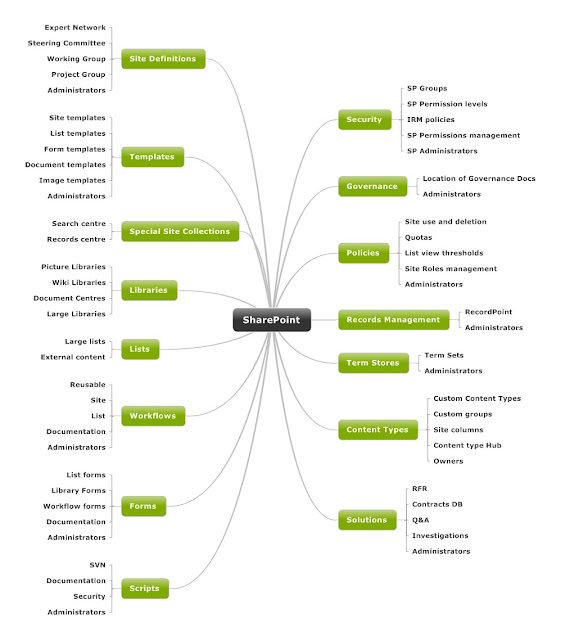Update site logo on all SharePoint sites in a site
collection
Hi there - I used the script below to update the site logo on a bunch of SharePoint Site Collections today - hope it proves useful to you
## Set up the variables
$SiteURL = "http://intranet/sites/office"
$spWeb = Get-SPWeb
$SiteURL
$logopath =
"C:\Scripts\Logo\logo_SPsites.png"
Write-Host("- Uploading and
updating site logo") -ForegroundColor Magenta
## Creating instance of Folder
$spFolder =
$spWeb.GetFolder("SiteAssets")
## Getting the file on Disk that we
want to upload
$file = Get-Item $logopath
## Uploading the file the the Site Assets library
$null =
$spFolder.Files.Add("SiteAssets/logo_SPsites.png",$file.OpenRead(),$false)
## Set the logo on all webs in the site:
$sitelogo="$siteurl/$spFolder/ERIS_logo_SPsites.png"
$Site=$SiteURL
$Sites=new-object
Microsoft.SharePoint.SPSite($Site)
foreach($web in
$Sites.Allwebs) {
$web.SiteLogoUrl=$sitelogo
$web.Update()}
$Sites.Dispose()
###########################################################################
That's it!













